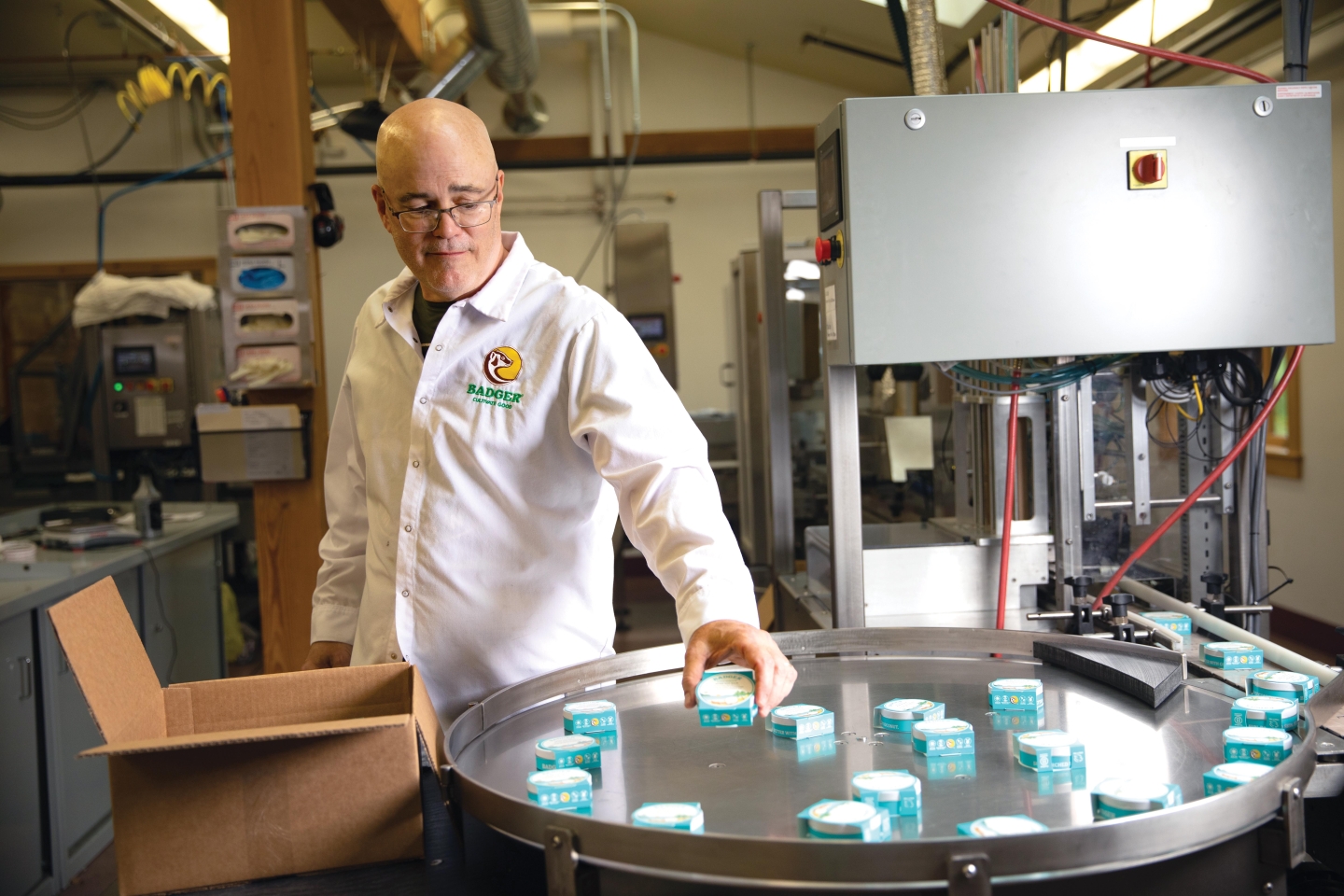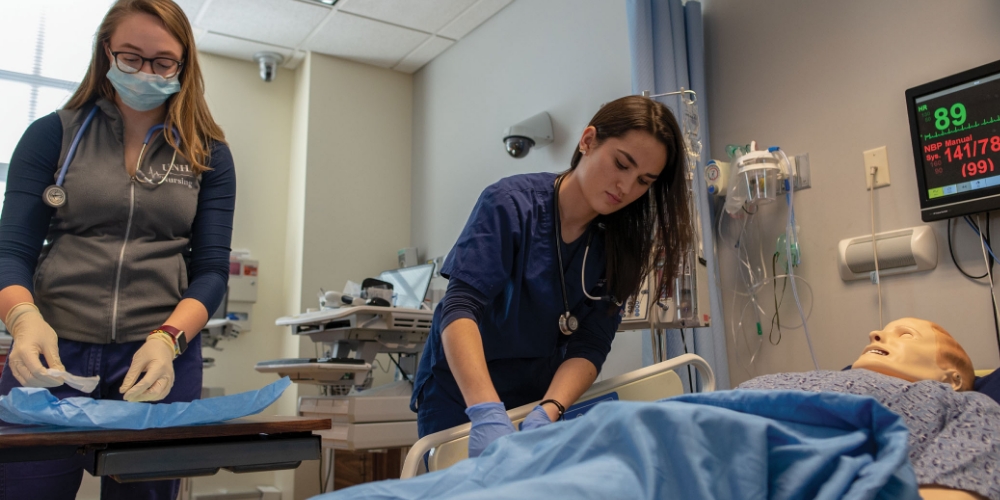When Holly McCormack first interviewed at Cottage Hospital in Woodsville 16 years ago, she immediately knew she wanted to work there.
“This felt like home the moment I walked through the doors here,” says McCormack, now president and CEO of the hospital. At the time, she and her husband were relocating from Rhode Island, seeking a more rural life for their 10-year-old triplets.
Immediately, McCormack was struck by how vital Cottage Hospital was to the area she would soon call home: Not only was the hospital one of the biggest employers in the area, but staff were serving their friends, neighbors and loved ones directly. “Critical access hospitals end up being the cornerstone of the communities,” she says. “There’s a really big responsibility that comes through with that.”
That responsibility has always drawn McCormack in. “Somehow, someway, I was born knowing I wanted to be a nurse,” she says. She followed that intuition, becoming the first person in her family to complete college, and later earning master’s and doctorate degrees in nursing. Along the way she filled every role in the nursing continuum, from a candy striper volunteer to a nurse assistant to a supervisor.
Even today, as president and CEO of the hospital, McCormack follows the nursing process: assessment, diagnosis, planning, implementation, and evaluation. It’s a procedure that all nurses are taught while caring for patients, but it applies perfectly to running an organization. “There’s a lot of things that just naturally lend [themselves] from the nursing position to the CEO of a critical access hospital,” McCormack says.
Her nursing background also helps her understand the chain of command in the hospital, and the clinical implications of all decisions, from purchasing equipment to staffing. She’s able to coach staff through challenges, she says, because she’s experienced the same situations herself. If there’s ever a doubt about what choice should be made, McCormack returns to the principle that’s served her well throughout her career: “If it’s the right thing for the patient, then it’s the right thing.”










